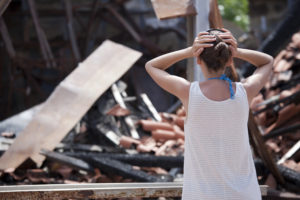 The first thing many of us do during or immediately following a natural disaster is to call family and friends. Unfortunately, in the minutes and hours after a disaster, overloaded s8 cell phone networks can make it difficult—if not impossible—to reach others. While there is no guarantee, the following tips can increase your chances of getting through when it matters most.
The first thing many of us do during or immediately following a natural disaster is to call family and friends. Unfortunately, in the minutes and hours after a disaster, overloaded s8 cell phone networks can make it difficult—if not impossible—to reach others. While there is no guarantee, the following tips can increase your chances of getting through when it matters most.
- Even if you have a traditional landline, keep a corded phone in your home. It will work even if you lose power.
- Keep a list of emergency phone numbers in your cell phone and near your home phone.
- Prepare a family contact sheet with at least one out-of-town person who can serve as your family’s emergency contact. Often it’s easier to make long distance rather than local calls during an emergency.
- Have charged batteries and car phone chargers for back-up power.
- Subscribe to text alert services from local or state governments and schools to receive emergency alerts.
- Use text messaging, e-mail or social networks such as Facebook, Twitter and Linked In instead of making calls on your cell phone. Texts and e-mails are less likely to experience network congestion. You can use social media to let family and friends know you’re okay.
- Keep phone calls brief to avoid tying up voice networks.
- Conserve your cell phone battery by reducing screen brightness and closing apps you are not using.
- Limit streaming vivavideos, downloading music or playing video games on cell phones after a disaster to help emergency calls get through to 911.
- Call 911 only if you have a life-threatening emergency.




